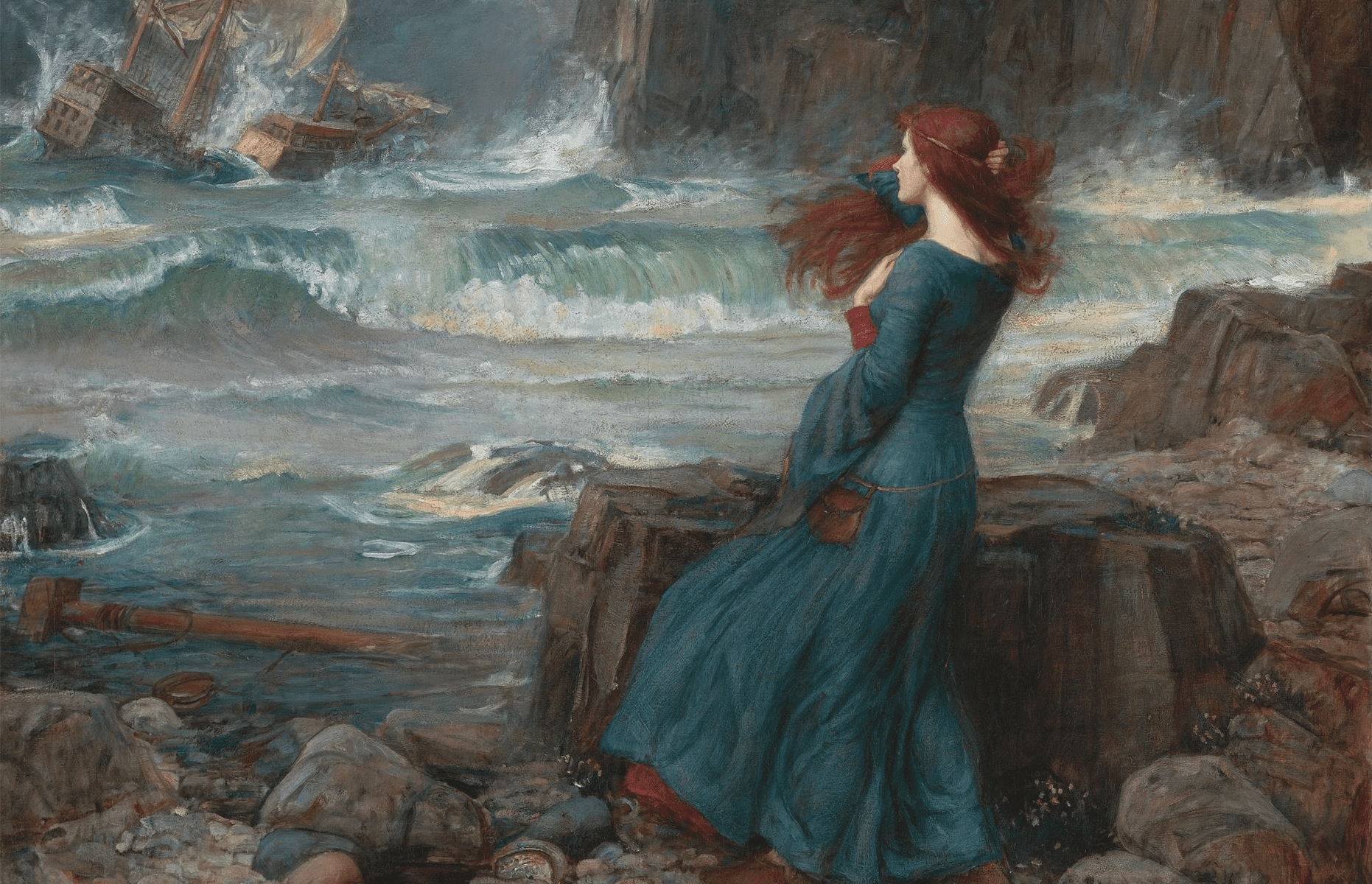While travelling overseas recently, I admitted to a friend of mine, who studies art history, that I did not understand the practice of going to art galleries. I didn’t quite know if I believed this statement at the time, but felt, the more that I said it out loud, that it grew to be true. I had spent a few weeks in London, darting through a myriad of exhibitions where I’d tried to convince myself that I was feeling whatever I was supposed to feel about the works within. We may view art online. We may view the history of art online. The existence of the gallery space implies, among other things, the presence of some mysterious, transcendent quality derived from art’s materiality, which evades direct perception or labelling or quantification – it just is.
“Things are mysterious, in a radical and irreducible way,” writes Timothy Morton in his essay All Art is Ecological (2018). Poised at the intersection of ecology and art philosophy, Morton’s essay characterises how the beauty and surrender that we experience through art might be used to energise futures of nonviolent coexistence between nonhumans and their environments. He explains that the experience of beauty is an entity both from oneself and not oneself, a ‘mind-meld’ between me and a nonhuman thing (the artwork) which is entirely ungraspable.
Unlike human resources, the well of beauty from art, literature, and music is inexhaustible. It does not decay or pollute the earth, typifying the sort of unconditional and open future we might cultivate ourselves, should we tune ourselves to ecological being and thinking.
I read a slim printed volume of this essay during that trip to London in July, poring over it in many sticky tube carriages. It was the same July that the country’s heat climbed to its highest recorded temperatures. I have lived through Sydney heatwaves and scorned the grumbling that Europeans seem to do in the face of weather we’d consider normal. But, amongst it, the abnormality was unshakeable. Almost as unshakeable as the heat, gathered thick as ghosts in buildings designed to entrap it, and tarmac aeroplane runways melting under the sun.
Morton’s essay is a manifesto for ecological thought that defends the strangeness and ambiguity that characterise our current era. Regarding the title of the first part of the essay, “And you may find yourself in an age of mass extinction”, he suggests that the common literary practice of editing out the subjunctive mode (‘may’) in favour of the active one elides the shaky experiential dimensions of the Anthropocene. He dismisses ontological certainties and future-orientation – what needs ‘to be done’ — which characterise current advice on how to be ecological, favouring “the hesitation quality, feelings of unreality or of distorted or altered reality, feelings of the uncanny: feeling weird.”
Living in an age of mass extinction is intrinsically weird. Only six have occurred in the history of the earth, and we must not, yet often do, naturalise this abnormality through the repetition of data, and apathetic phrases like “the new normal”. Often, the temporal dimensions of mass-extinction events are so gradual when measured against human experience that we don’t realise we’re living through one – indeed have not since the dawn of agriculture — until something malfunctions: extreme weather, the conflagration of our land, pandemics catalysed by cross-species pathogenic spillover.
Yet the strangeness with which we encounter this era — the ongoing, radical de-naturalisation of the conditions in which we may find ourselves living — is also the wellspring for ecological thinking, politics, and philosophy, argues Morton. This is where the beauty experience comes in.
Because beauty “must be fringed by some kind of slight disgust, something that normative aesthetic theories are constantly trying to wipe off.” Heidegger argues that there are no such things as truth and untruth, because you are always in some version of the truth, i.e. ‘truthiness’. “There needs to be this ambiguous space between art and kitsch, beauty and disgust. A shifting world, a world of love, of philos… Of truthiness rather than rigid true versus rigid false,” writes Morton.
Of course the beauty experience is not foreign to me; I am simply more attuned to it elsewhere, such as in literature and the environment. Morton suggests that we can tune ourselves into both beauty and ecological thinking; just as beauty is sutured to love, and love has no reason, we can appreciate other life forms for no reason at all. Contemporary artists are increasingly tapping into this nexus of beauty and ecology, displayed in works like those of Sydney’s 2022 Biennale.
“There is a certain courage of letting yourself fall asleep and allowing dreams to come, which resembles the courage of allowing art to affect you,” writes Morton. Rather than a simple answer to how or why I might appreciate art in a gallery, perhaps I must tune myself into the ways in which I am already affected by art. As Morton writes: “You are already a symbiotic being entangled with other symbiotic beings… you are ecological.”





